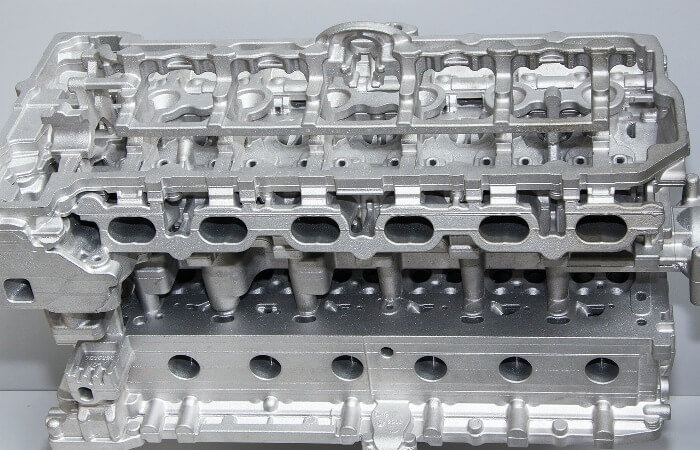The glassy carbon su 2000 2500 to buy getting rod crucible Cup

The glassy carbon.
The glassy carbon solid material, combining the properties of graphite (a good electrical conductivity) and glass (high hardness).
Properties and advantages of glassy carbon
The glassy carbon:
The glassy carbon solid material, combining the properties of graphite (a good electrical conductivity) and glass (high hardness). Consists of pure carbon with a small admixture of high-molecular hydrocarbons.
The glassy carbon is one of the allotropic forms of carbon , alongside diamond, graphite, graphene, carbon nanotubes, fullerene, carbyne , etc.
Looks like inorganic glass.
The glassy carbon is produced by carbonization of high molecular weight hydrocarbons. Commonly used special thermosetting polymers (e.g., phenol-formaldehyde resin, cellulose), which give the shape of the desired product, and then calcined at a temperature of about 2000 °C in vacuum or inert atmosphere.
Of glassy carbon – made crucible, electrodes and laboratory glassware. Russia produces three main brands of glassy carbon: SU-1300, SU–2000 and SU–2500(the number indicates the maximum working temperature in inert atmosphere and vacuum).
The glassy carbon used in the steel industry (as the different heaters and emitters, cathodes and anodes), the semiconductor technology and the chemical industry (as of labware when carrying out chemical analyses, to obtain phosphors, perphosphate and other glass, in the production of single crystals and high-purity substances).
Properties and advantages of glassy carbon:
– density – 1.5 g/cm3,
– has high strength and hardness. The hardness of the glassy carbon is 7 points on the Mohs scale,
– modulus of elasticity – 25-35 GPA,
– the ultimate strength tensile 30-75 MPa,
– the ultimate strength in bending – 100-160 MPa,
– specific resistance of 40-50 Ohm·mm2/m,
– coefficient of thermal conductivity (at 20 °C) is 3-8 W/(m·K),
– temperature coefficient of linear expansion (at 20-1500 °C) – (4,4-5,1)⋅10-6 K-1,
– conducts electricity well,
– gas-tight. Gas permeability – 10-12 – 10-9 cm2/s,
– chemically inert, especially in a reducing atmosphere,
– resistant to corrosion when exposed to acids, alkalis and solvents. For corrosion resistance not inferior to platinum,
– fragile
is almost defect-free outer surface, which is similar to the inorganic glass,
– biologically compatible with living tissues
– high temperature resistance. Does not melt at temperatures up to 2000°C (2500°C) in vacuum and inert reducing atmosphere, and up to 500°C in air. On the air the same when heated above 500 °C it starts to slowly burn,
– resistant to extreme temperatures. Able to withstand repeated heating followed by rapid cooling,
– has weak adhesion to the molten metal.
Note: © Photo ,



